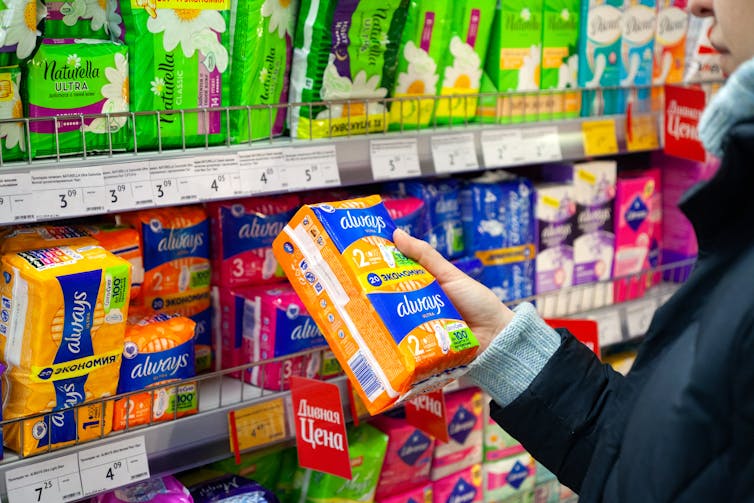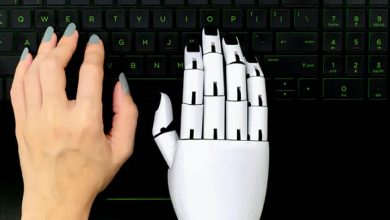
Health education frequently fails to teach the menstrual cycle in its full entirety, focusing mostly on the bleeding part of the story and glossing over the ovulation chapter. In other words, many girls* often only get half the story about how their bodies work.
That’s a shame because knowledge of your own reproductive function is useful for monitoring and making decisions about personal health. Focusing on the period part of the cycle is like skipping to the last chapter of a book. In reality, ovulation is the protagonist of the menstrual story rather than a minor character to skim over.
For those who want to get pregnant, understanding ovulation is clearly crucial but research shows few can accurately identify their fertile window.
Beyond that, however, understanding ovulation can help you understand more about your health in general.
What exactly is ovulation?
Ovulation occurs when an ovary releases an egg (sometimes more than one). A typical teaching describes a 28-day cycle with Day 1 as the start of period bleeding and ovulation around Day 14 or 15.
But this textbook 28-day cycle is not meant to be a one-size-fits-all and is not everyone’s experience. There are healthy ranges across the different stages of life (such as adolescence, adulthood and in the later years).
The simple skills for recognising ovulation have been around for over 40 years. Once taught what to look out for, most women find it easy to tell if they are likely ovulating. One tell-tale sign is changes in cervical mucus which a woman can recognise from different sensations at her vulva.
Understanding the cycle is a useful way to get the most out of exercising and supporting good mental health.
If cycle difficulties such as painful periods or pre-menstrual tension emerge, knowing the fixed days between ovulation and the next period gives a fair heads-up to put self-care strategies in place.
A practical example is the preventative use of non-steroidal anti-inflammatory drugs such as ibuprofen for primary period pain; in other words, taking painkillers before the pain arrives, because you know when it is coming.
If cycle difficulties become more complex, understanding the cycle helps a woman work with doctors to get the care she needs.
A role for educators and teachers
When it comes to teaching cycles in schools, the period dominates the story; probably because it is bleeding obvious and you have to manage it.
Educating boys about the cycle needs more research. At this stage, it is task enough to give girls the knowledge and confidence they need.
A recent review found school programs tended to focus on menstrual problems.
While these are important topics, it would also help to frame the cycle in a positive light, explain it fully and talk about the connection between biology, psychology, and socio-environmental factors (what researchers call the “biopsychosocial” aspects).
It is a wise teacher who is vigilant about both misinformation and pedagogically appropriate information. But professional development support is often limited for teachers and the curriculum is overcrowded.
This may explain the tendency for schools to parachute in external facilitators for sexuality education teaching.
The problems with this approach are a lack of available specialist expertise, potential loss of capacity-building within the school and the infrequent learning opportunities for students. External facilitators are there to reinforce what is already taught rather than be a substitute for it.

A role for parents
One role for parents is to encourage their adolescent children to start taking responsibility for their own health. This includes adopting healthy lifestyle choices (such as nutritious eating, keeping fit and getting enough sleep).
These choices can impact the menstrual cycle. Parents can support their daughters’ discipline in tracking their cycles and understanding their unique patterns.
Knowing this information can also help young women advocate for themselves and make informed health-care choices if cycle difficulties arise.
A research team at Curtin University has worked on developing a program called My Vital Cycles, which is currently being trialled in Western Australia. This school-based ovulatory-menstrual health literacy program aims to give teachers, parents and teenagers the tools they need to understand the whole cycle, including ovulation’s place in it.
Given the span of years from menarche (a girl’s first bleed) to menopause, ovulatory-menstrual cycle knowledge and skills are useful over a lifetime. They are what women ought always to have had, and it is time for the whole story to be told.
The information in this article is for general information purposes only and is not intended to be a substitute for professional medical advice, diagnosis or treatment. The terms *girls, women, and daughters are used in relation to a person’s sex, namely their biological characteristics or reproductive organs. This may differ from gender identity. The author believes anyone who menstruates should have the knowledge and skills necessary to understand and manage their cycle.![]()







